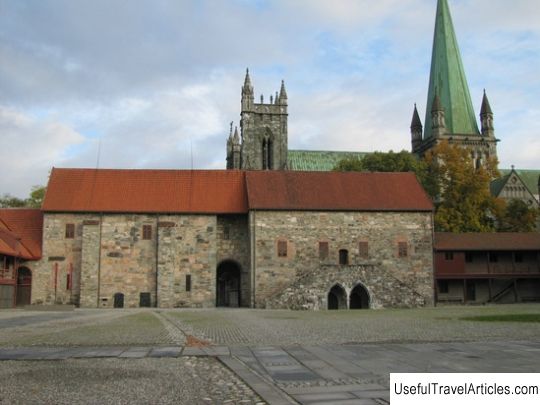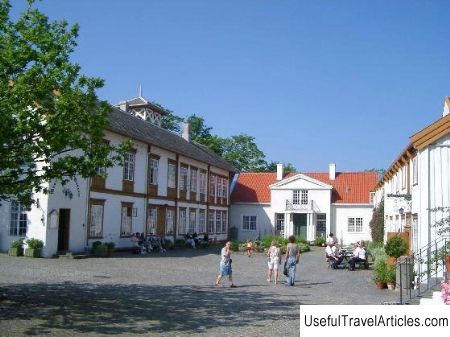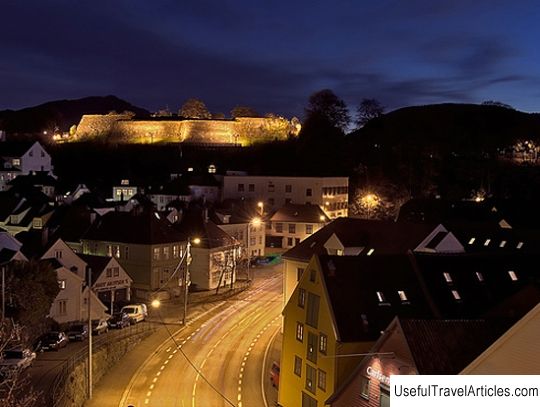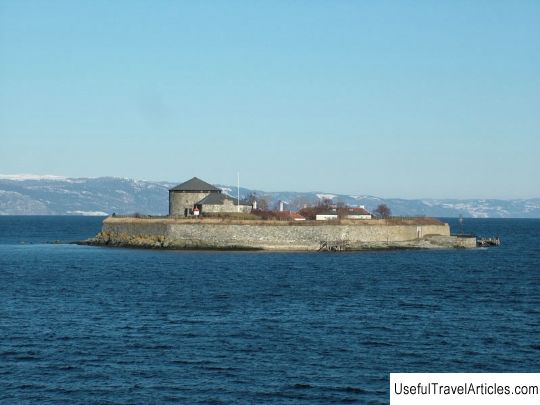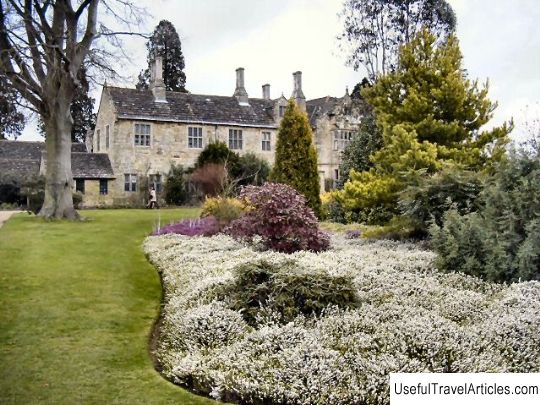Stiftsgarden royal residence description and photos - Norway: Trondheim
Rating: 8,8/10 (900 votes) 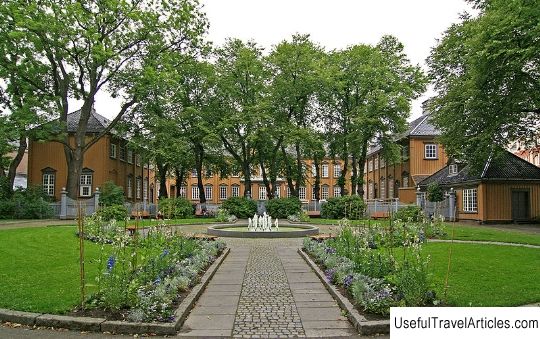
Stiftsgarden royal residence description and photos - Norway: Trondheim. Detailed information about the attraction. Description, photographs and a map showing the nearest significant objects. The name in English is Stiftsgarden. Photo and descriptionThe official residence of the king in Trondheim is the Stifsgarden mansion, built at the end of the 18th century. It is the largest wooden palace in the Scandinavian countries today. The Stifsgarden was commissioned by Cecilia Christine Scheller, widow of a member of the secret society of Trondheim. The construction of the mansion cost her 5 barrels of gold, or about 78 million crowns by modern standards. Stifsgarden, located in the heart of the city, is 58 meters long and consists of 140 rooms. After the death of Cecilia Scheller, her son-in-law, General Georg Frederick von Krogh, sold the mansion to the state in 1800, and the district governor and district court moved here. During the coronation of Karl Johan in 1818. Stifsgarden served as the starting point for the solemn procession to the Nidaros Cathedral. Officially, Stifsgarden became a royal residence in 1906, and the district governor left the building with the district court. Stifsgarden is made in an exquisite style, which makes it a real palace, albeit wooden. The mansion was built in the Baroque style, but there are elements of Rococo and Neoclassicism. Externally, Stifsgarden practically did not undergo changes over time - some dormer windows, damaged during a small fire in 1841, were replaced. As for the interior, the halls of the mansion were repaired several times. However, some of the original features are still present. For example, the Rococo stucco was preserved on some ceilings and walls, the panels above the doors, painted with landscapes, remained intact, some original wall decorations, etc. have also survived. All the furniture that is in the residence today was acquired in the 19th century and later. The Royal Residence is open to organized tourist groups, except on days when the Royal Family is in the palace.       We also recommend reading Church of St. Nicholas the Wonderworker in the Zarodishche description and photos - Russia - North-West: Sebezh Topic: Stiftsgarden royal residence description and photos - Norway: Trondheim. |
